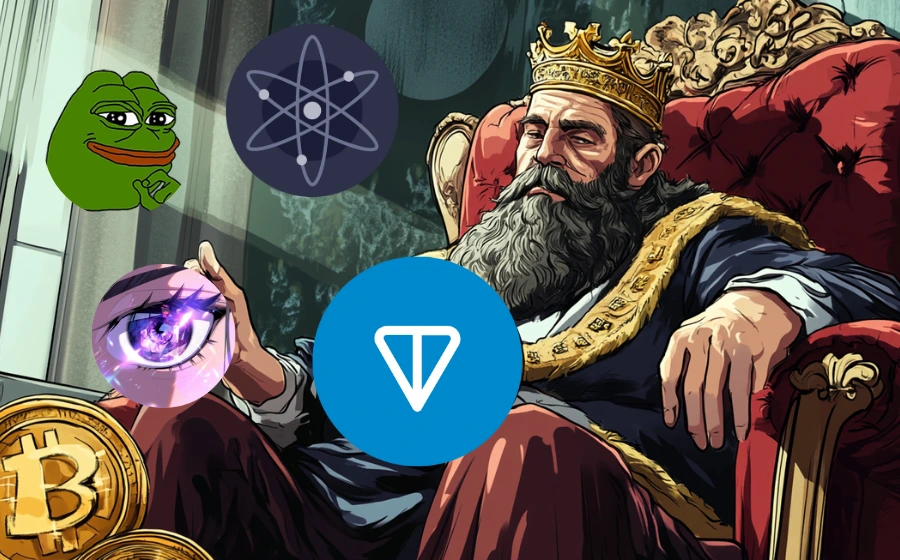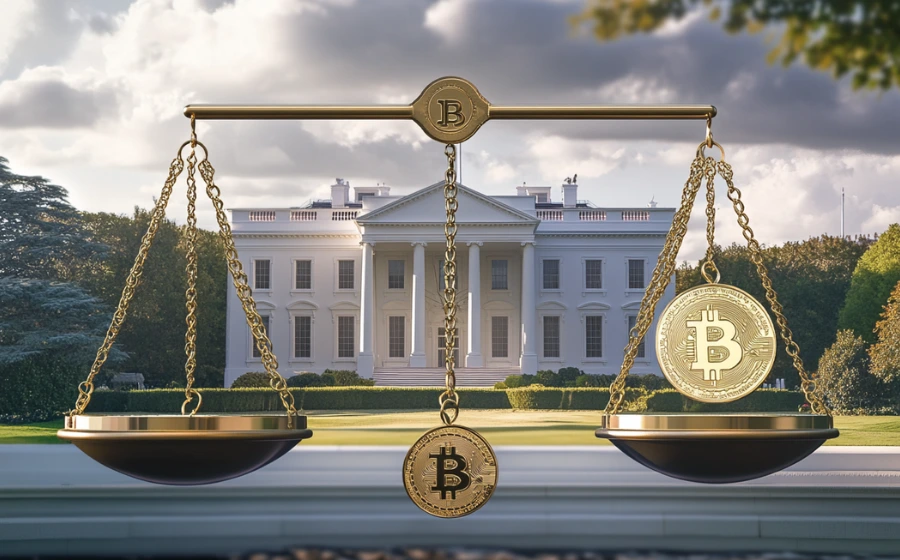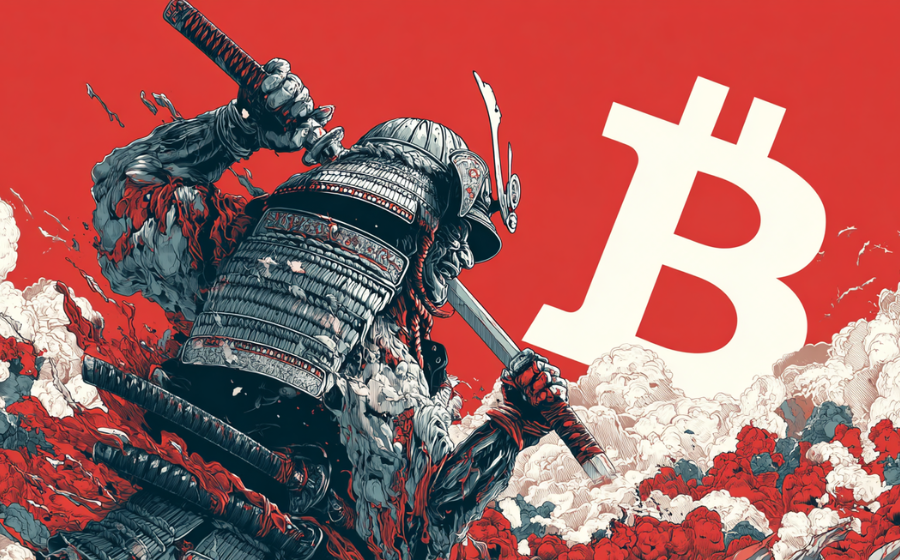
KEYTAKEAWAYS
-
A so-called “100% win rate” crypto whale made over $12 million in just 10 days by front-running market events tied to Trump’s public statements.
On-chain timing suggests near-perfect alignment with policy news releases.
-
Evidence points to a possible insider network leveraging political intelligence from the Trump camp, with links to WLFI and Barron Trump.
Analysts suspect Garrett Jin is merely a front for a deeper, more connected operation.
-
This case exposes the growing influence of information elites in Web3, where transparency doesn’t always mean fairness.
The crypto market’s decentralization masks deeply centralized access to actionable intelligence.

CONTENT

REVEALING THE RISE OF AN INFORMATION ELITE IN CRYPTO
In a world that claims to be fair and decentralized, a so-called “100% win rate” whale has quietly shaken our faith in the free market.
In mid-October, an address began appearing frequently on Hyperliquid’s leaderboard. It never seemed to miss. Every trade it made caught the market’s key turning points—12 positions, 12 wins, totaling more than $12.6 million in profit. It was dubbed “miraculous” by on-chain communities. But what truly sent chills down observers’ spines was that each of these trades coincided precisely with major public statements or policy moves by Donald Trump.
On the night of October 10, just hours before Trump announced potential new tariffs on China, this address opened massive short positions on Bitcoin and Ethereum via Hyperliquid. When markets tanked on October 11, the whale quickly closed out its positions, netting $72.3 million in a single day. Around the same time, another address made a similar short play and pocketed more than $150 million. On-chain flows showed that these addresses weren’t just acting on Hyperliquid. They were also active on prediction markets like Polymarket—placing precise bets on events like “Will Trump pardon CZ?” with nearly 100% accuracy. By the time the broader market reacted, they had already closed their positions.
As the pattern of victories piled up, attention turned to a familiar name: Garrett Jin—former co-founder of BitForex and now a major Hyperliquid user. On-chain data revealed transfers between the whale wallet and Jin’s known addresses, including $40,000 USDT and gas fees in ETH. Media sources reported that Jin changed his Telegram info right after being named—deleting photos, phone numbers, and profiles. Jin later denied involvement in insider trading, stating that the capital was not his and that he was simply executing strategies for clients. He also stressed, “I have no connection to Trump or his family.”
But denial was not enough to stop another wave of investigation.
BEHIND THE TRADING GRAPH: A FAMILIAR POLITICAL CODE
In the crypto world, some trading charts need no deep forensic tools. Especially when you overlay them with the White House’s press schedule, strange symmetry emerges.
On October 14, U.S. media broke the story of a possible meeting between Chinese and American leaders. Within three minutes of the news dropping, a whale opened large long positions on BTC, ETH, and SOL on Hyperliquid. As the market briefly rallied overnight, the whale closed the positions, netting $1.77 million in profit—$1.27 million from BTC alone. According to third-party analyst Ai Yi, this was the whale’s 12th consecutive win. “There’s no way this isn’t insider trading,” one anonymous analyst wrote on X. “Unless you believe someone can see the future.”
Meanwhile, another less visible address popped up. It had been betting since late September on Polymarket that “Trump will pardon CZ.” When the Wall Street Journal reported that Trump was considering the pardon, the market settled instantly. The bettor, using the handle “bigwinner01,” had invested about $28,000 and walked away with over $56,000. The account’s gas history often overlapped with the Hyperliquid whale’s, which in turn had previously sent funds to Jin-linked wallets.
Naturally, the community began asking: “Is Garrett Jin at the center of this insider storm?”
GARRETT JIN: A SHADOW OR A SHIELD?
Garrett Jin may be the whale we see above water, but growing evidence suggests he is not the one pulling the strings.
On October 13, on-chain sleuth “Eye” released what he called his “final report.” According to anonymous sources, the real operators behind the whale wallets form a tight-knit group with access to high-level White House intelligence. Jin, he said, was simply a front. These insiders allegedly received early briefings from aides close to the President, allowing them to build positions well before announcements were made public.
Two names surfaced repeatedly in Eye’s investigation: Zach Witkoff and Chase Herro—co-founders of WLFI (World Liberty Financial Initiative), a Trump-backed crypto project. More shocking still, the team list of WLFI includes Trump’s youngest son, Barron. This project once publicly claimed to be “the decentralized dream of America.” When the WLFI token launched, many in the market treated it as a Trump-endorsed asset.
The rumors didn’t stop there. Around October 15, just after the whale reportedly exited its positions, Barron Trump was spotted acquiring a $500 million superyacht through his family fund. “Funding source? The market says: liquidated retail traders,” one X user wrote.
Of course, there’s no verified proof behind such claims. These remain internet rumors. But when even seasoned on-chain detectives like Eye say, “For personal safety, I will no longer report on this event,” it suggests this is more than a simple front-running scandal. It’s the surface crack of an emerging class of information elites—those who hold power, capital, and access in a supposedly decentralized game.
“INFORMATION EDGE” IS THE ULTIMATE CRYPTO CURRENCY
The crypto world claims to be fair, transparent, and borderless. But recent events continue to pop that utopian bubble. Yes, data is transparent on-chain—but transparency is not fairness. What’s truly scarce is the ability to interpret that data—and act on it faster than others.
The rise of “insider whales” reveals the core contradiction of the crypto market: a decentralized structure still operates under centralized power dynamics. As long as trades are driven by “buy the news, sell the policy,” the retail crowd will always lag behind.
We may never legally prove these were insider trades. But this episode serves as a warning: technology alone cannot dismantle entrenched privilege. Only when access to information, tools, and execution is equal can the market be truly fair.
Until then, after every pump and dump, some will exit with bags of cash. Others will stare at blown-up accounts and ask themselves, “Who’s really pulling the strings?”












